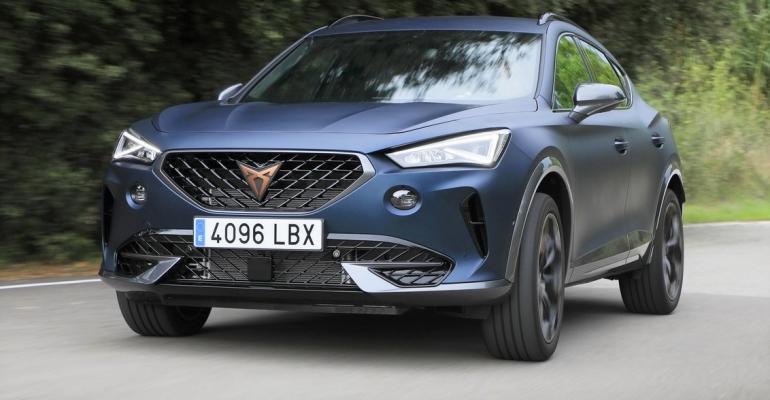MADRID – Spanish automaker SEAT will spend more than €7 million ($8.3 million) to develop an Energy Test Center, a testing laboratory for electric- and hybrid-vehicle batteries, on the site of its Martorell transmission plant near Barcelona.
The 16,100-sq.-ft. (1,500-sq.-m) facility, where 1,000 employees currently assemble two models of gearboxes whose lifecycles are about to end, is to open in spring 2021. It will include test compartments for the validation of cell modules with lithium-ion technology, medium-, high- and low-voltage batteries, and different chargers used in the entire range of electrified vehicles.
The center also will have several climatic chambers that will allow battery and module tests to be carried out under extreme thermal conditions, simulating the varying environments an EV will encounter.
A high-tech electronics laboratory will be incorporated with the aim of designing, prototyping and building interfaces for test systems. A workshop designed and equipped specifically for testing EVs will have the capacity to work simultaneously with up to six cars.
Funding for construction of the laboratory is included in the €5 billion ($5.9 billion) investment plan announced this summer by the Volkswagen Group affiliate.
Werner Tietz, SEAT vice president of R&D, says the company has been committed to electrification for years and the new center is a firm step in this direction.
“This new battery laboratory will allow us to develop the power systems of future hybrid and electric vehicles, thus contributing to the creation of sustainable electromobility,” he adds.
It is expected that both SEAT and its Cupra performance sub-brand will launch five new electric and plug-in hybrid models by the end of 2021.





